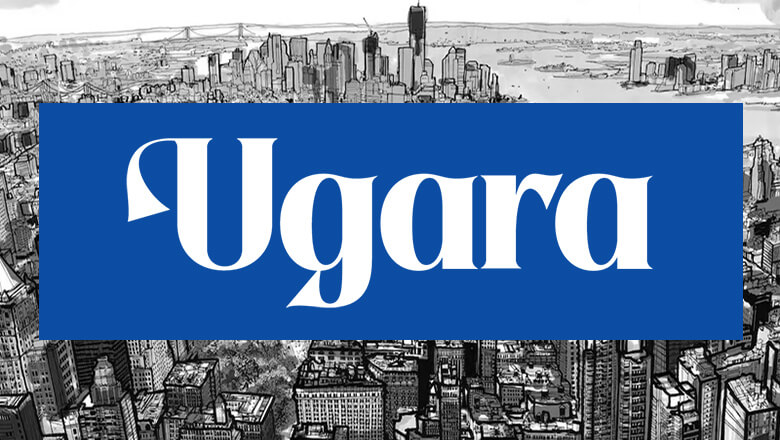
views
window._taboola = window._taboola || [];_taboola.push({mode: 'thumbnails-a', container: 'taboola-below-article-thumbnails', placement: 'Below Article Thumbnails', target_type: 'mix' });Latest News
With a large number of industries coming up in the State and effluents, released by these industries, choking rivers, the State Government has decided to initiate coordinated efforts for maintaining the health of the rivers.
According to a report of the Central Pollution Control Board, four major rivers of the State the Mahanadi, the Bramhani, the Kuakhai and the Kathajodi are the most polluted.
A large number of industries are coming up along both sides of the Mahanadi and the Bramhani. The Bramhani is the most-polluted river and the major culprits are three Central public sector undertakings __ Mahanadi Coalfields Limited (MCL), National Aluminium Company (Nalco) and National Thermal Power Corporation (NTPC).
Besides, a large number of independent power projects and steel projects are coming up on both side of the Bramhani which has started drying up due to excessive exploitation of water for industrial purpose.
The issue was discussed at a high-level meeting here recently. The meeting reviewed the water condition of major rivers flowing in the State and it called for a definite action plan to protect the rivers, considered more vulnerable to pollution.
It was decided to constitute an inter-departmental task force, comprising officers from the departments of Water Resources, Housing and Urban Development, Steel and Mines, Industries and Odisha State Pollution Control Board (OSPCB). The task force will look into various aspects of river pollution and prepare a definite work plan for major rivers with reference to sewage treatment plant and solid waste management.
The OSPCB was asked to strengthen water quality monitoring exercise in vulnerable rivers.
Official sources said pollution control board has 75 monitoring systems for the Mahanadi, the Bramhani, the Baitarani, the Rushikulya, the Nagavali, the Subarnarekha, the Budhabalanga, the Vamsadhara and the Kolab rivers.
Preliminary water analysis shows that discharge of untreated and partially-treated domestic waste water to the river course is the major source of pollution. This is precisely because lack of proper drainage and sewerage system in major cities and towns.
The OSPCB has been directed to take stringent measures against the polluting industries while the Urban Development Department has been instructed to expedite construction of low-cost latrines, interception and diversion of drains discharging waste water to the Taladanda Canal, the Mahanadi, the Kathajodi and the Bramhani rivers.
The Government will conduct a study for improving water regime and ecological flow of water in rivers like the Mahanadi, the Bramhani and the Baitarani through construction of water reservoirs at ideal locations, renovation of existing barrages and construction of new ones.

















Comments
0 comment